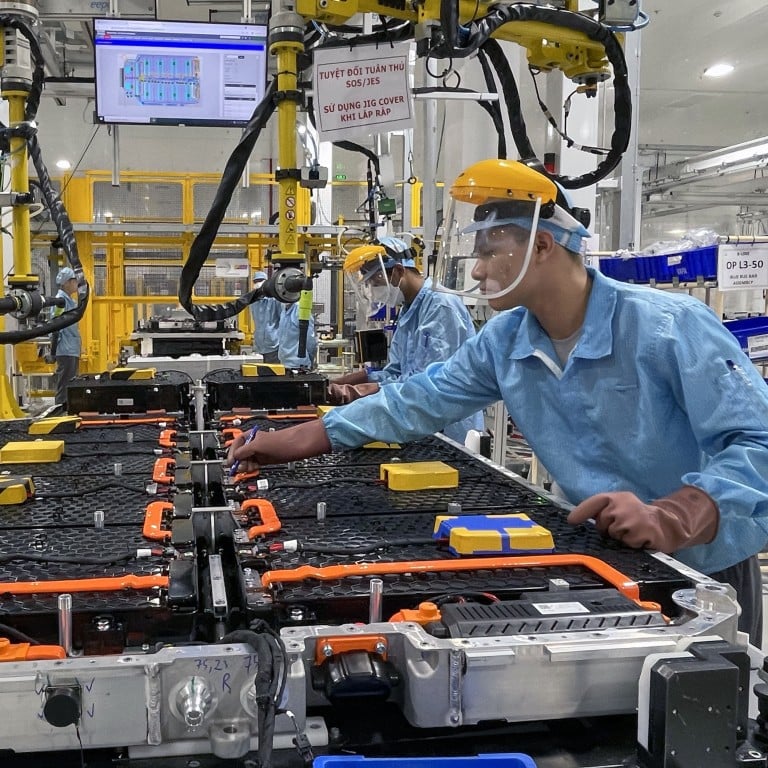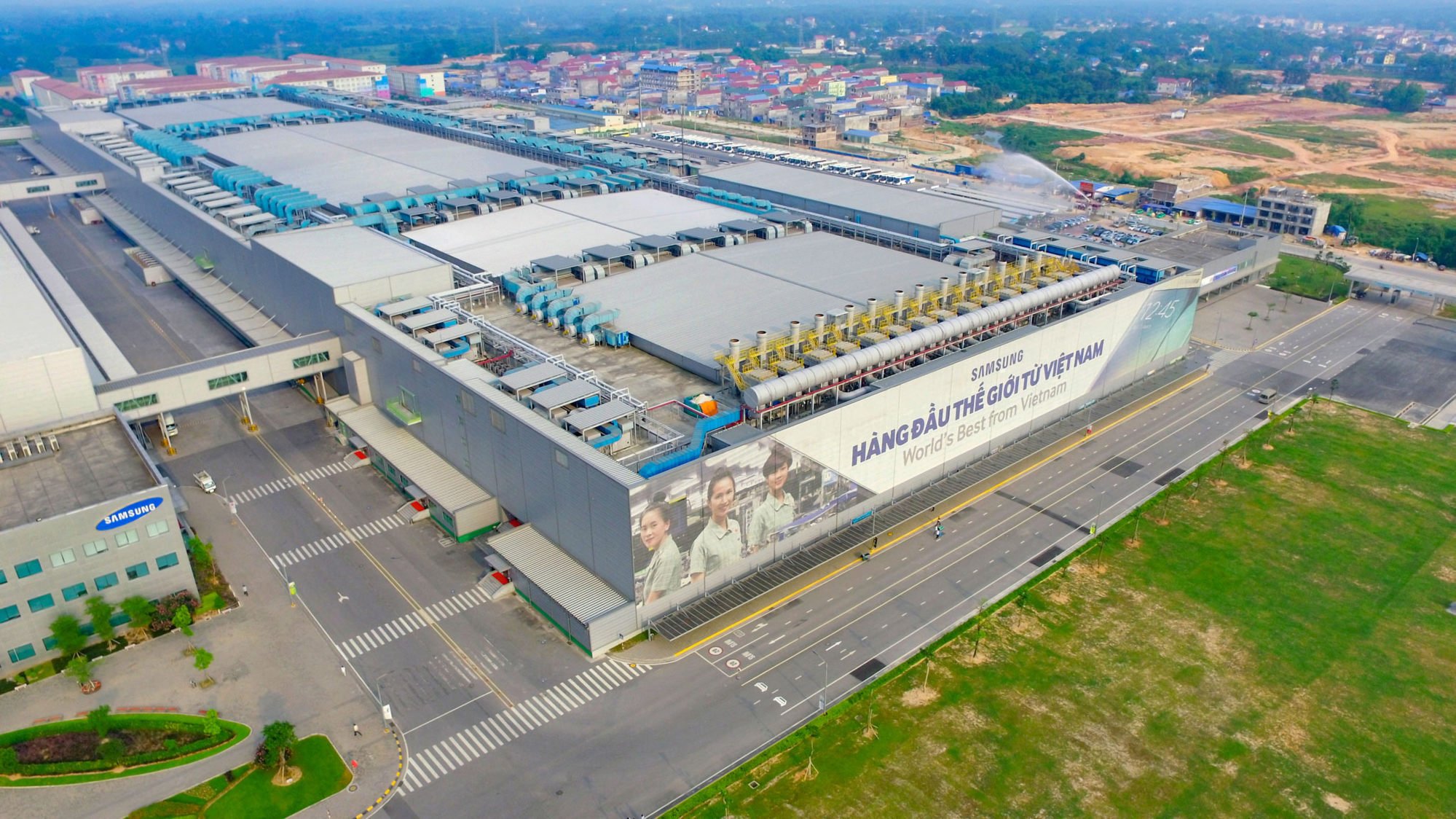
How manufacturing and clean energy can power Asean’s economic future
- Southeast Asia, at the heart of two major free-trade areas, is becoming a vital alternative to Chinese supply chains and manufacturing
- Its massive need for renewable energy, coupled with huge reserves of critical minerals and resources, also means huge opportunities
Leaders of the Association of Southeast Asian Nations gathered in Indonesia last week for the 42nd Asean Summit. In the chairman’s statement, the 10-country political and economic bloc said it was “determined to make Southeast Asia the centre of regional economic growth and an engine for global growth through robust cooperation, including in the food, energy, health and finance sectors”.
Manufacturing is an approximately US$14 trillion industry and accounts for around 15 per cent of the global economy. There are multiple steps to making any product, from aeroplanes and refrigerators to a pair of trainers. Sub-components are sourced from just about everywhere, and manufacturing trade flows are deeply interconnected. They depend on just-in-time schedules.

China’s loss is Southeast Asia’s gain as supply chains shift
The region does not yet rival China’s supplier networks or production capabilities. While it may be a long way from fully realising its manufacturing potential – needing more efficient regional supply chains and infrastructure – efforts have begun in countries such as Singapore, Malaysia and Vietnam, with industry road maps and strategic plans.
Providing the region continues or increases its uptake of advanced manufacturing and Industry 4.0 systems to remain competitive, this could help drive meaningful investments in robotics and automation, particularly next-generation robotics, cloud computing and advanced logistics services.
Renewable energy generation in Southeast Asia has more than doubled between 2000 and 2020. Southeast Asia’s growing energy consumption, driven by its rapid economic growth and expanding population, offers much potential in the renewable energy industry. As the world’s fourth-largest energy consumer, and against the backdrop of rising global temperatures and energy costs, the region has a strong impetus to ramp up renewable energy use, backed by a supportive policy environment and wider global momentum.
Despite the massive increase in renewable energy generation, fossil fuels still constitute most of Southeast Asia’s energy mix. To accelerate the region’s energy transition, supporting technological innovation and the scaling up of related infrastructure is essential.
G20: Indonesia signs US$20 billion deal for ‘promising path’ to clean energy
With the necessary value chains, revenues from the region’s production of critical minerals could grow by two-and-a-half times by 2050, while solar and wind energy projects could represent a US$30 billion opportunity by 2030. Sustainably harnessing these resources could bring opportunities within new domestic value chains and industries, with potential long-term rewards for investors and Southeast Asia’s economies.
Ecaterina Bigos is chief investment officer of core investments (Asia ex Japan) at AXA Investment Managers


